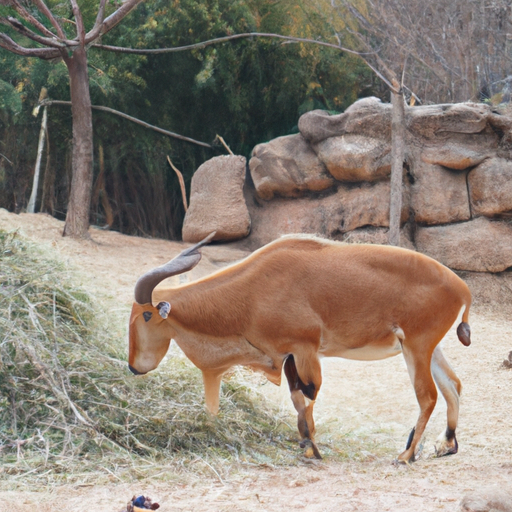 Introduction:
Introduction:
In the vast realm of the animal kingdom, a diverse array of creatures have evolved to consume plant-based diets exclusively or predominantly. These remarkable beings, known as herbivores, exhibit an astonishing range of adaptations that allow them to procure, digest, and derive sustenance solely from plant matter. From mighty elephants to minuscule insects, herbivores can be found in nearly every ecosystem across the globe. This article aims to provide an extensive exploration of the various types of herbivores, their unique adaptations, and their ecological significance.
1. Mammalian Herbivores:
a) Mega-Herbivores:
– Elephants: The largest land-dwelling herbivores, elephants possess specialized teeth and elongated trunks to efficiently consume and process a vast quantity of plant material.
– Rhinoceroses: Rhinos have powerful jaws and unique lip structure, enabling them to graze on tough grasses and browse on leaves.
– Hippopotamuses: Despite their semi-aquatic lifestyle, hippos are primarily herbivorous, feeding on grasses, aquatic plants, and occasionally fruits.
b) Ruminants:
– Cattle: Domesticated cattle, such as cows, buffalo, and yaks, have an extensive digestive system known as a four-compartment stomach, which allows them to ferment and break down plant cellulose.
– Deer: A diverse group of herbivores, deer have specialized digestive systems, including a large fermentation chamber that aids in digesting cellulose-rich vegetation.
– Giraffes: With their long necks and prehensile tongues, giraffes can feed on leaves and shoots from tall trees.
c) Primates:
– Gorillas: These gentle giants primarily consume leaves, stems, and shoots, supplemented with occasional fruits and flowers.
– Howler Monkeys: Known for their loud vocalizations, howler monkeys feed on leaves, fruits, and flowers, relying on a specialized gut to extract nutrients efficiently.
2. Avian Herbivores:
– Parrots: Renowned for their colorful plumage and intelligence, parrots primarily feed on seeds, fruits, nuts, and nectar.
– Geese and Ducks: These waterfowl herbivores graze on grasses, aquatic plants, and algae, using specialized bills to filter tiny organisms from the water.
– Hummingbirds: Despite their small size, hummingbirds are exclusively nectarivorous, relying on a high-energy diet of flower nectar and occasional small insects.
3. Reptilian Herbivores:
– Tortoises: These slow-moving reptiles have broad, sturdy jaws specifically adapted for consuming tough vegetation, including grasses, cacti, and leaves.
– Iguanas: Both marine and land iguanas consume primarily plant material, with marine iguanas feeding on seaweed and land iguanas munching on leaves, fruits, and flowers.
– Green Sea Turtles: As adults, these majestic marine reptiles are primarily herbivorous, feeding on seagrasses and algae.
4. Insect Herbivores:
– Leafcutter Ants: These ants harvest leaves, which they use to cultivate a fungus garden to feed their colony.
– Monarch Butterflies: Known for their remarkable migratory patterns, monarch butterflies exclusively rely on milkweed plants as their host for both food and reproduction.
– Koala Bears: Although often mistaken for bears, koalas are marsupials that feed almost exclusively on eucalyptus leaves.
Conclusion:
Herbivores play a vital role in shaping ecosystems, as they facilitate plant pollination, seed dispersal, and nutrient recycling. Their diverse adaptations showcase the incredible complexity of evolution and demonstrate nature’s ability to sustain life through plant-based diets. Understanding the intricacies of herbivory not only deepens our appreciation for the animal kingdom but also highlights the interconnectedness of all living organisms on our planet.
